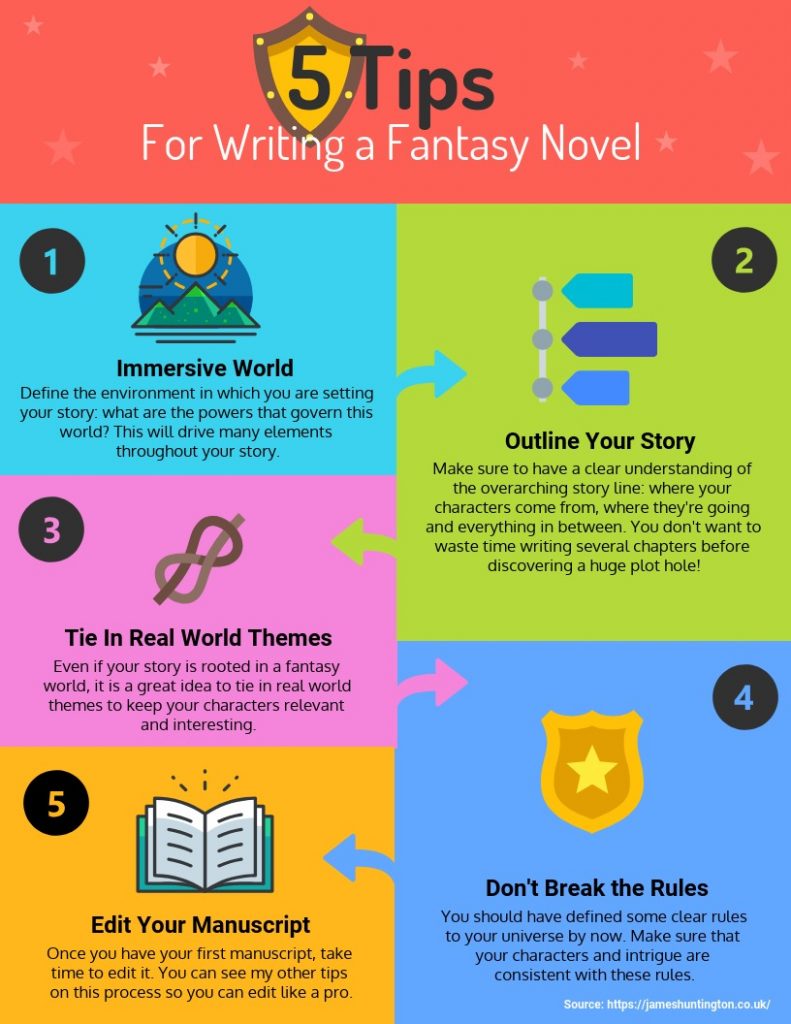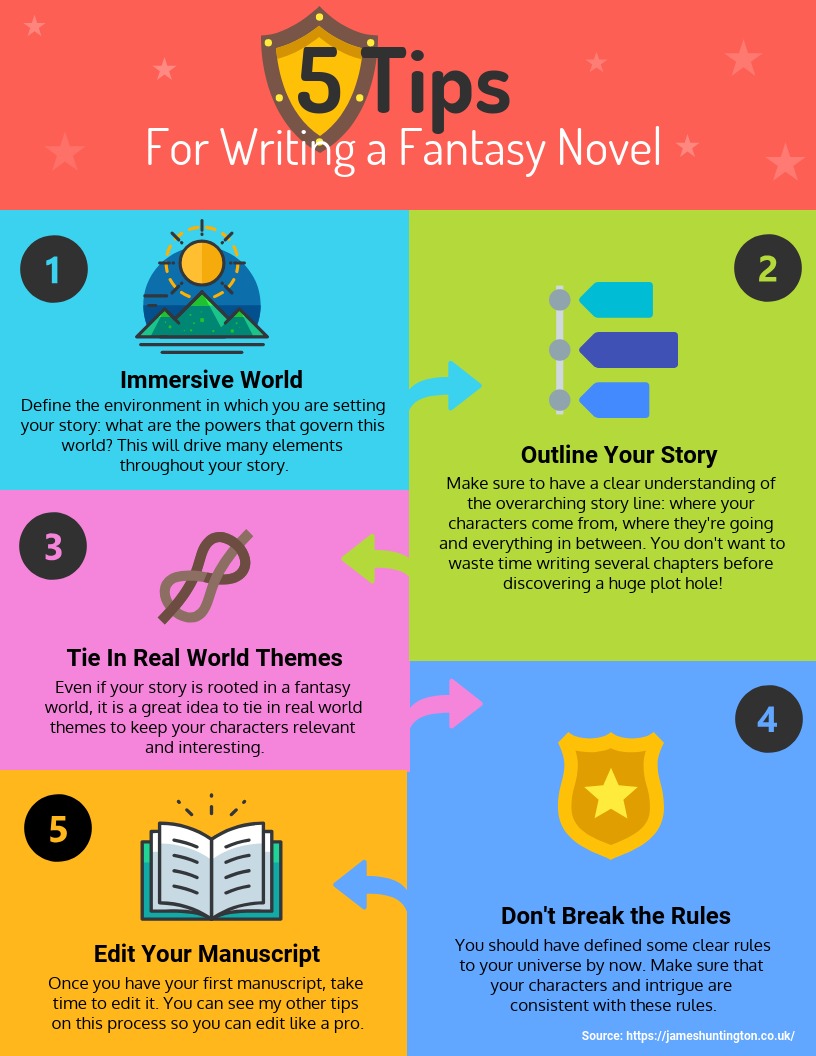Writing a novel can be an exciting journey, especially if the genre of the book is fantasy. When writing fantasy, there are no limitations to the imagination, which can be a blessing and a curse at the same time.
I wrote an array of different projects before WIFI all of them served as learning tools on crafting a book. My first completed project was a convoluted mess. It consisted of several plots that made the story too complicated to follow. I would later learn I had crammed all my ideas into my first book and would need to reserve plot lines for future projects. It became evident I needed to set up some rules and writing tactics.
When crafting the world of WIFI, I decided to follow a simple list of rules that enabled my creativity to flow more logically. I started by writing down a list of bios for all my characters and creating visual maps of the land they inhabited. This enabled me to stick to a clear set of rules revolving around the world of WIFI. This enabled me to see what was essential to the story and what could be emitted for a better narrative.
Top 5 tips for writing your own fantasy novel
1. Create an Immersive World
Define the environment in which you are setting your story: what are the powers that govern this world? This will drive many elements throughout your book. One way might be to create parallels that match our own world. (See rule 3)
As mentioned earlier, it is useful to have some basic notes regarding your fictional world. I had established the history of the lands and its main powers prior to writing the majority of the book. For example, I needed to map out how the witches and warlocks ran the WIFI in my book.
The great thing about this rule is you can adapt the world around your creative flow. I ended up adding new rules into the book as the story evolved. However, if you do change anything you must make sure it fits into the established world. You can do this when editing the book to make sure it all ties together. (This can be applied in rules 4 & 5)
2. Outline your story
Make sure to have a clear understanding of the overreaching storyline. Where your characters come from, where they’re going and everything in between. You don’t want to waste several chapters before discovery a massive plot hole.
The last thing you want is to establish a character motive or moral that is suddenly conflicting with a choice in a later chapter. Be consistent with your character and what drives them in the story. For example, your character is allergic to cats in chapter one but by chapter six they have a feline as a sidekick. Or, perhaps the character was recovering magicoholic (dependant on magic), but within a few pages, they are already returning to magic. You must respect their journey and allow their development to read organically. Why would they return to magic so soon? Should there not be a build-up to this defining moment? Ask yourself these questions when writing or editing.
3. Tie in real-world themes
Even if your story is rooted in fantasy it is a great idea to tie in themes from the real world. It keeps your characters relevant and interesting.
My inspiration for WIFI came from learning about digital advertisement and the retargeting systems. I was able to adapt the ideas of online technology and replace them with magic. This can be applied to most great pieces of fiction.
Voldermort from the Harry Potter books has similarities to Hitler in World War II. High school is hell and literally over the Hellmouth in the television show Buffy the vampire slayer. The list could go on.
4. Don’t Break the rules
You should have defined some clear rules to your universe by now. Make sure that your characters and intrigue are consistent with these rules.
This ties into second rule, make sure the characters powers and abilities are logical to the rules established in your fantasy world. For example, the goblins in WIFI had specific abilities, (speed, strength, and mathematical skills), I did not add that they could suddenly fly by the end of the book.
If you have established a clear rule in your book do not break it later on to fit the storyline. A great example of this could be time-travel. For example, in your established world we learn magic does not turn back time, but at the end of the book, it is suddenly possible for no reason.
5. Edit your manuscript
Once you have your first manuscript, take time to read through and edit accordingly. A good rule of thumb is to allow a few weeks break before tackling the editing process. This allows you to get enough distance from the story to notice mistakes.
You can see more on my other tips on the editing process on Writing a book with dyslexia.



Be First to Comment